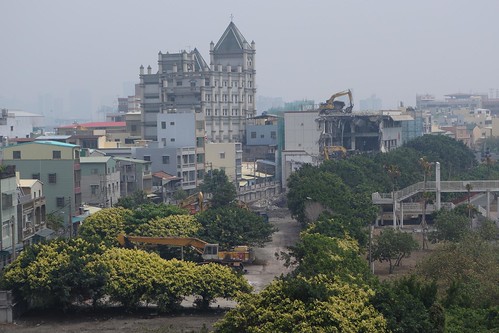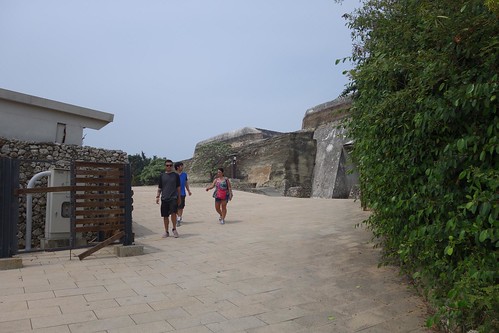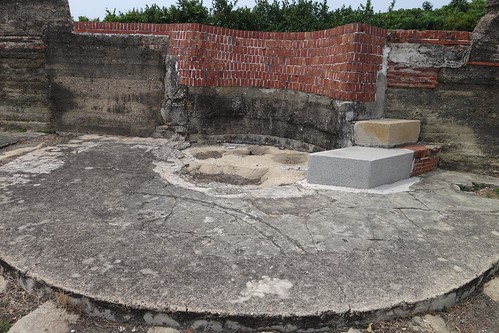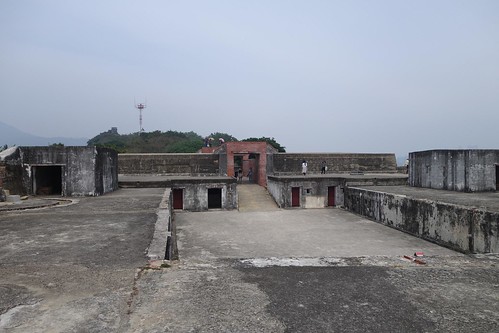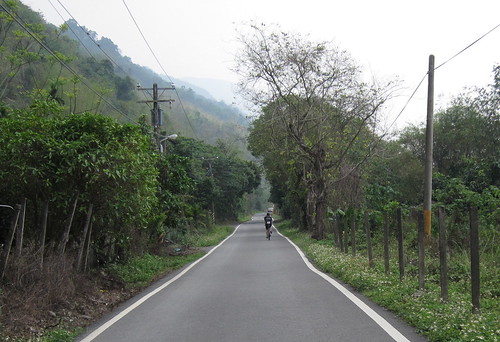At New Bloom Brian H writes on Ko Wen-je and the Shanghai forum controversy. Ko agreed to welcome a CCP official as a stand-in for the Mayor of Shanghai. The hooha among the Greens, including very stupid accusations that about Ko's politics (of course he is Green, stop it with the purity tests) is a good example of the short-sightedness of so many in the Green camp. Ko was criticized for hosting a CCP flunky instead of the mayor of Shanghai -- as if the mayor of Shanghai were an independent elected official and not a CCP flunky.
Greens need to take the long view on this -- Ko is still electable and as a non-DPPer can garner a portion of the Blue vote, making him strong for the mayoralty in the next election. Taiwanese like to give a second chance after providing a warning -- so I expect he will win but with a smaller winning margin (like Ma for his second presidential term) -- and in any case, at the moment it appears the KMT nomination is likely to go to Alex Tsai, a blithering mainlander ideologue, instead of some deserving practiced politician. Another four years of Ko would be very good for the DPP, as Ko may be able to make progress cleaning up the cronyism that infests the city government after years of Blue control, and he will take the political hit for doing that (not the DPP). Moreover, another Ko term will demonstrate that the earth will spin placidly on even if the mayor of Taipei isn't Deep Blue, as well as create momentum for alternative parties, which the DPP needs to foster if it wants to prevent the KMT from rising again. After that the DPP can give Ko's presidential ambitions a quiet smile, and show him the door.
By contrast, Kaohsiung has no answer yet for its city forum from any of the five cities invited (FocusTw)...
Kaohsiung sent out invitations to Tianjin, Shanghai, Shenzhen, Xiamen and Fuzhou in June for the Global Harbor Cities Forum it initiated and will host Sept. 6-8, but the five cities have neither confirmed nor rejected it, Hsu told reporters at the city's press conference held for the forum.What does this mean? Well, if China had a policy, then they would execute it. But dithering like this over a minor international exchange is a strong signal that China has no idea what it is doing.
_______________
Daily Links:
- Global Expat Rankings: Taiwan number 1
- New Bloom: How KMT Chair Hung's comments on the National Palace Museum treasures reveal the KMT's imagination of its own privileged position
- Doug "Peace in our Time" Bandow at CATO writes another tremendously stupid post advocating selling out Taiwan
- Welcome mat fades for Taiwanese businessmen in China
- Chinese overseas community: watched, surveilled, controlled
- Taiwan machine makers should "look south"
- 600K migrant workers in Taiwan
[Taiwan] Don't miss the comments below! And check out my blog and its sidebars for events, links to previous posts and picture posts, and scores of links to other Taiwan blogs and forums!








